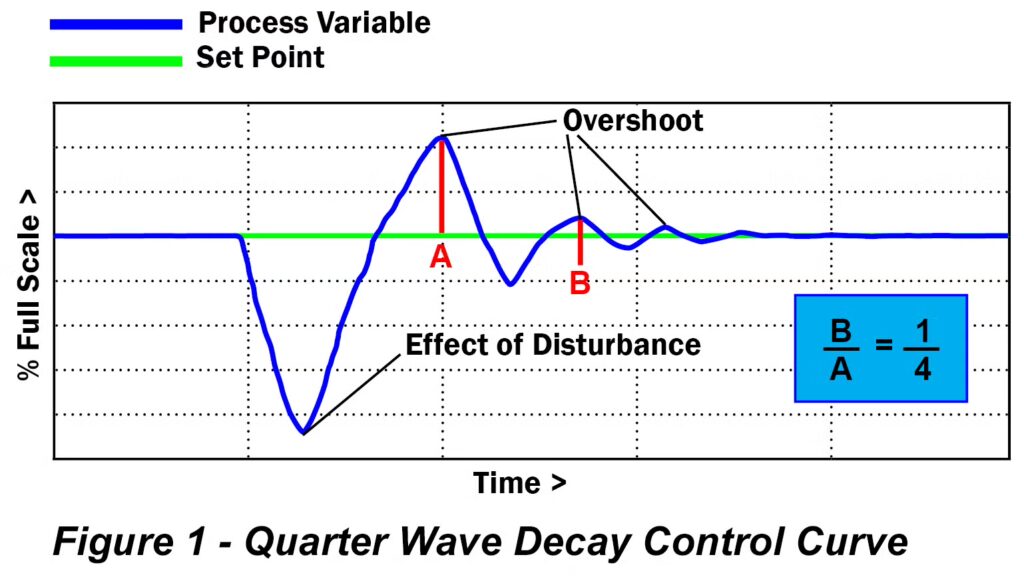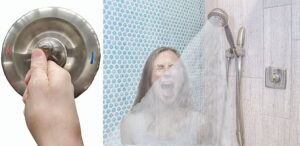
What is PID Tuning and What Does it Mean for Grow Room HVAC Control?
Why would any indoor grow cultivator want to know about this obscure control theory term? This blog will try to convince you that PID Tuning may be the most important term for your HVACD equipment in creating “a perfect day” within your indoor grow facility. Read on to find out why.
What Is PID?
What is PID and why would any indoor grow cultivator want to know about this obscure control theory term? This blog will try to convince you that PID Tuning may be the most important term for your HVACD equipment in creating “a perfect day” within your indoor grow facility. Read on to find out why.
Proportional Integral Derivative (PID) control automatically adjusts a control output based on the difference between a set point and a measured process variable. The set point is the target temperature and humidity value in the indoor grow room. The process variable is the capacity of the air handler cooling and dehumidification.
What Does PID Tuning Have To Do With HVACD Control?
The beauty of a PID loop is it not only looks at the set point, but it also considers how far away it is from the set point and how fast the control is approaching the set point.
A typical grow room HVACD system has on-off control and will tend to overshoot the desired temperature and relative humidity conditions it’s set to maintain. The results are pictured on a graph as an oscillating swing above and below the set point and looks like waves on the ocean rather than a straight, steady line at the target conditions (see Figure 1).

Why Is PID Used For a Grow Room?
In an indoor cultivation application, many influencing factors will impact the grow room zone’s temperature and humidity level. Turning the lights on or off has an obvious impact. But the plant’s size and their respective evapotranspiration rates are not so obvious. Since the influencing factors are always changing, the HVACD system needs to have the ability to change with them to achieve tight control. This is why a fine level of control over cooling dehumidification, and heating are important and where the PID control comes into play. Following are the basic elements of HVACR system control using PID tuning and how they influence the system’s output.
- Proportional (P)
- “Present”
- Adjusts output based on the difference between actual condition and setpoint
- Integral (I)
- “Past”
- Further adjusts the output based on the history of the difference of setpoint and actual condition
- Derivative (D)
- “Future”
- Further modifies output based on how quickly the actual condition is approaching setpoint
There is a great deal of flexibility using a PID control. Although there is generally a balance between how quickly the HVACR system output responds to changes and how much overshoot occurs, the using PID control allows for a tuning of this effect.
What is a Quarter Wave Decay Curve?
A common control tune theory states that a good balance between speed of response and overshoot is achieved when what is called a “quarter wave decay curve” occurs (see Figure 1). After an “upset condition” like the lights turning off in a grow room, the temperature of the zone would keep getting closer to the set point over time. The area under the curve of the next cycle would be ¼ of the area of its predecessor.
A tradeoff can occur in tuning where overshoot can be limited, but some additional time is needed for the variable to achieve set point.
Changing the PID Tune

In the case of a cultivation room, there are two independent variables: temperature and humidity that must be controlled. Desert Aire’s VPDsync™ control algorithm has two separate PID loops to maintain both of these variables. While the quarter wave decay is normally used for academic discussions, a properly tuned grow room HVACR system can achieve these in real life. Figure 2 is an example of a VPDsync™ controlled grow room. It comes very close to the classic measure of excellence.
Do You Sing A PID Tune In the Shower?
What you don’t realize is that you have already tuned a PID loop. Have you ever jumped in a shower at a hotel and turned on the water and realized the water was too hot or too cold because you did not know where to set the water temperature control handle? The results are that you quickly reach for the handle and change the temperature setting. The next thing you know, the temperature is in the opposite condition. So you keep making smaller and smaller changes to how far you move the temperature handle until your shower is finally at the perfect temperature condition. Your brain was the PID controller in this example.

We Know That PID Tune
Like those hotel shower valves, no two grow rooms are exactly alike. The good news is that Desert Aire has already encountered various applications and can set the three elements of the PID controller for grow room HVACD equipment already at excellent settings for your grow room. However, the many different variables will mean that some final tuning may be required to optimize or achieve your particular goals. This is where patience is required, because only one variable can be changed at a time. You must wait for several hours or for the change of lighting mode (from lights on to lights off) to see the net results of the change. So the sayng, “rinse and repeat for best results” applies to PID tuning, too. You observe the results of your change and then make the next change.
In Perfect PID Tune
Since Desert Aire monitors each equipment application site right along with you using its AireGuard remote monitoring and alarming tool and cloud-based database, we can use our experience to make these educated changes in the PID tuning settings and bring your grow room into very tight environmental control for the creation of a “Perfect Day”.
Contact us to discuss your grow goals and grow room conditions to select the right environmental control dehumidification equipment. We’ll use PID Tuning to get your grow conditions “just right.”
Find a Desert Aire Sales Rep Near You!
Our network of independent representatives are fully trained on Desert Aire’s dehumidification and DOAS solutions and can assist you in designing and sizing your engineered solutions.

